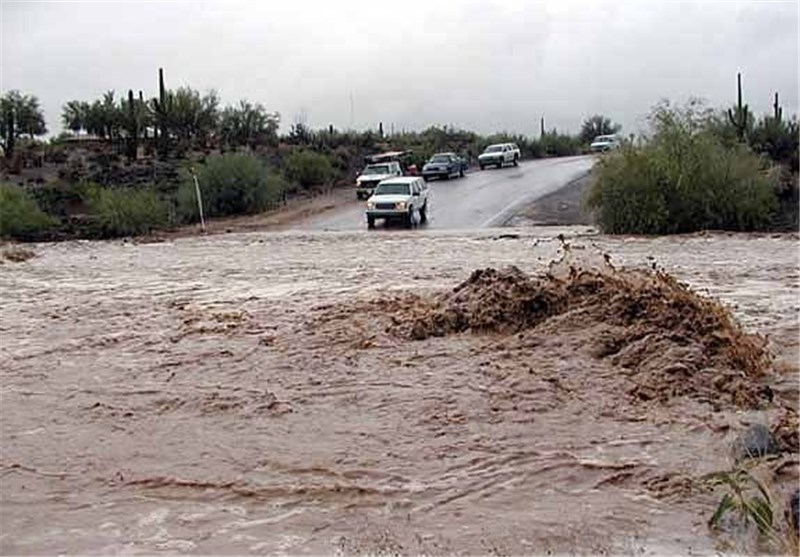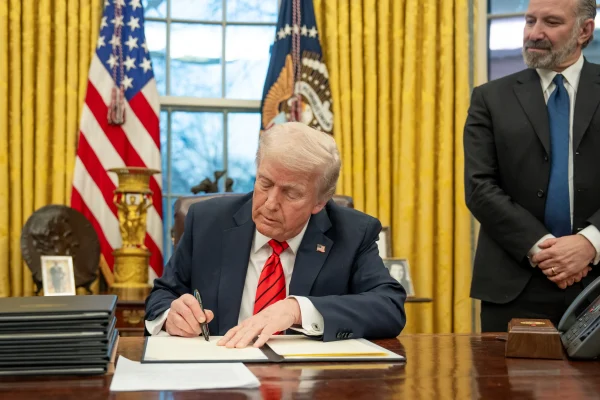Deadly Floods Sweep Through Iran
At least 32 people are dead and hundreds more injured after floods in Iran this past weekend and early this week. The rain has affected 28 of Iran’s 31 provinces and the scale of the disaster has overwhelmed emergency services in some areas.
Heavy rain outside the city of Shiraz triggered the flooding, according to Pirhossein Koulivand, Head of Emergency Services in Iran.
Around three inches of rain feel in the city within a 36-hour period from Monday into Tuesday; normal rainfall for the entire month of March is historically less than two inches, Accuweather reported.
The National Crisis Management Committee was activated at the cabinet level and sent out multiple text messages to all mobile telephones in Iran urging people to be cautious and await instructions from official sources, according to CBS News.
“Remain calm when facing possible dangers…do not honk your horns in mountainous regions as it might cause avalanches,” one message read. “Do not setup tents near rivers or mountainous areas…and most importantly do not cross bridges when floods are running underneath.”
The Associated Press reported that most of the people killed had been trying to take videos of the flooding on their phones. The news outlet stated that the flooding was imminent in the provinces of Fars, Kurdistan, Qom, and Isfahan.
President Hassan Rouhani’s reaction is worrisome to many Iranians.The president was criticized on social media by many concerned citizens because he was in the south when flooding was hitting the northern parts of the country. Many accuse the president of offering too little, too late.
One woman in a bus caught in the floods in the city of Shiraz posted a video on Twitter about her concerns.
“We are all going to die,” she said. “Pray for us. We are all going to die. Mother, we all are going to die.”
According to NBC News, in a rare move, Iran’s top authority, the Supreme Leader Ayatollah Ali Khamenei, called on the armed forces to help the flood-hit northern provinces.
The head of the judiciary, Ebrahim Raisi, told Reuters on Tuesday that officials who mishandled the disaster and caused the death of civilians could face prosecution.
“Any shortcomings regarding the handling of the floods, failure to provide relief and aid to the survivors will be investigated,” he said.
Rouhani’s vice president, Eshaq Jahangiri, fired the governor of the Golestan province for reportedly not cutting his trip abroad short during the foods. The spread of flooding to the south follows days of floods that affected more that 56,000 people living in 270 villages and small towns in the northern provinces of Golestan and Mazandaran since March 19, according to NBC News.
Many officials also point to important infrastructure failing. In Shiraz, where 18 people have died, many officials believe the floods occurred because of “an old waterway designed to [syphon] off excess water” that had been blocked by other construction, according to Reuters.
Northwest of Shiraz, the city of Yasuj reported almost eight inches of rainfall from Monday into Tuesday.
President Rouhani has deflected the blame to the state meteorological organization for inaccurate weather forecasts and late warning of flooding. The president also criticized the United States for its sanctions against Tehran while he discussed the flooding.
“The Americans and the Zionists were hopeful that this flood triggers a fight in the country,” he said. “But the Iranian nation sent a message to the enemies that we are powerful.”
Tens of thousands of people have been displaced and thousands are currently living in emergency shelters provided by the government, state media reported.
Iran’s Minister of Energy, Reza Ardakanian, called the floods “unprecedented.,” and added, “Climate change is forcing itself on our country,” he told the Associated Press.
Ellie Wolfe is a senior from Northampton Massachusetts. In her free time, she enjoys going for runs and hanging out with her friends, and runs The Willistonian...












